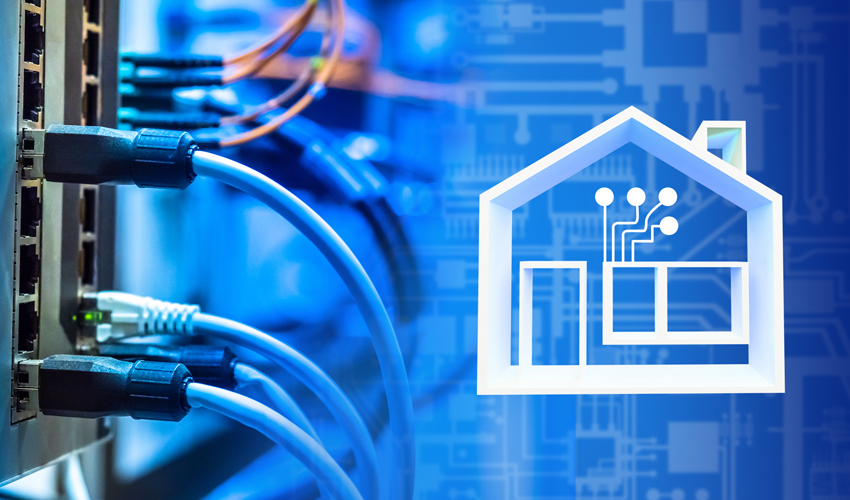Centralize Your Digital World: How to Building a Home Server with Debian

Introduction
In today’s digital age, managing and centralizing your data and services is becoming increasingly important. Whether you're looking to store your media files, run your own personal cloud, or host various applications, a home server can offer enhanced data privacy, security, and accessibility. This guide will walk you through the process of building a home server using Debian, one of the most stable and versatile Linux distributions.
Prerequisites
Hardware Requirements
Minimum System Requirements
- CPU: 1 GHz processor or better
- RAM: 1 GB (2 GB recommended)
- Storage: 20 GB of free disk space
Recommended Hardware
- CPU: Multi-core processor (Intel i3/i5/i7 or AMD equivalent)
- RAM: 4 GB or more
- Storage: 500 GB or more, preferably an SSD for the operating system and additional HDDs for data storage
- Network: Gigabit Ethernet
Choosing the Right Server Hardware
When selecting hardware for your home server, you have several options. You can repurpose an old PC, use dedicated server hardware, or even opt for a small form-factor device like a Raspberry Pi for basic tasks. Ensure your hardware meets the requirements of the services you plan to run.
Software Requirements
Overview of Debian OS
Debian is a free, open-source operating system known for its stability and large software repository. It’s an excellent choice for a home server due to its reliability and robust community support.
Necessary Software Tools and Packages
- Debian ISO file
- Etcher (or any tool to create a bootable USB drive)
- SSH client (e.g., PuTTY for Windows, terminal for Linux/macOS)
- Web server software (Apache or Nginx)
- File server software (Samba or NFS)
- Database server software (MySQL or PostgreSQL)
- Additional services software (Nextcloud, Plex, Postfix, etc.)
Setting Up Your Server
Step 1: Preparing Your Hardware
Ensure all components are correctly assembled and connected. This includes installing the CPU, RAM, storage drives, and connecting all necessary peripherals such as the keyboard, monitor, and network cables.
For initial setup, you’ll need a keyboard and monitor connected to your server. Once set up, you can manage your server remotely using SSH.